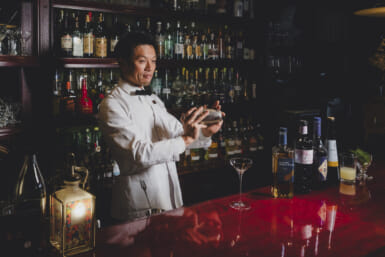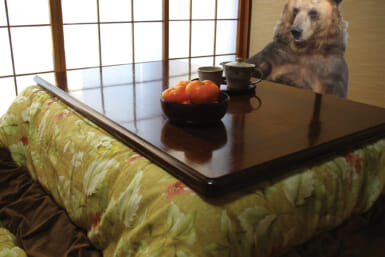Two fine new books on wine
There are some wine books whose authors’ ambitions are greater than their judgment, like those which purport to over the wines of an entire country. Of course, those who extend their territory to the world of wine are even more ambitious — and impractical.
For they are attempting an impossible job. Who can write authoritatively about all the wines of France or Germany? As for Italy, new wines are springing up all over, some very drinkable, to add to its already numberless growths.
I therefore welcome two wine books that have just been published, for their aims are modest and practical. The authors confine their efforts to specific areas, one to Burgundy and the other to Bordeaux. They are a husband-and-wife team, both Masters of Wine, the degree given by the British, wine trade to British citizens who have spent two years in the industry and passed a stiff written and tasting examination.
Another good thing about the books is their handiness. They are pocketsized so that you carry them with you as a ready reference. They are published by Martin Beazley of London and Hong Kong and are available in Tokyo, as I saw one of them in the wine section of the National Azabu Supermarket. There must be other outlets here.
My plan originally was to review both in one column, after reading them, though, I found they contained too much material. One column each can hardly do justice to these excellent compendiums, but it will have to do.
This one will be devoted to Serena Sutcliffe’s “Pocket Guide to the Wines of Burgundy,” which has 142 pages jam-packed with important information. In those pages she covers the subject of Burgundy wines from gamma to ut: the history, geography, geology and grapes of the region briefly but throughly; describes the Burgundy trade, like what countries drink it and how much; explains how to read a label, what glasses to use when serving, how to serve and taste the wine, and what food goes with Burgundy wine.
I particularly enjoyed the part in the wine-and-food section where she lays to rest the myth that eggs do not go with wine. The myth has a widespread distribution, and has even been printed by so-called experts. I paid no attention to it, however, because certain eggs dishes go well enough with wine for me, and that is all that counts. But there is a satisfaction in having an expert support your opinion.
She also provides a vintage chart with succinct but pregnant remarks on the years from 1961 to 1984 and lists the wines and villages of the whole Burgundy region, from Chablis on the north to Beaujolais on the south, with comments on each, including the Grands and Premier Crus and a selection of recommended producers in each commune.
But the most interesting part of the book was the A-to-Z of Burgundy Producers, 39 pages long. In it Ms. Sutcliffe gives thumbnail sketches of those worth them. Those that are not are damned with no comment, an implied caveat.
I was amused by remarks on the prestigious Domaine de la Romanee Conti.
“I have been temporarily forbidden entry to the domain,” she writes, “because of my ‘quasi systematic denigration’ of its wines, which seems somewhat over-sensitive as I have only occasionally criticized some of its vintages. However, having never believed in sacred cows, be they in wine, politics or in the arts, I am not in the least deterred, especially as the co-proprietors, M. Aubert de Villaine and Mme. Bize-Leroy, cannot prevent me from seeing the wines!”
She continues with high praise for the wines of the domain, mingled with criticism of its practice of bottling not-so-good years under its highly regarded name.
I myself agree with her, since I have had some disappointing wines bottled by the Domaine de la Romanee Conti, like a Romanee Conti, 1967, which was light and lacked the characteristics I expected. I have also drunk some of the best Burgundies I have ever had under the domain name, bottles well worth the high price its wines command.
With regard to the controversial subject of pasteurization, she takes a tolerant view, although she wonders whether it is really necessary and suggests a study be made of the effect of the process on wines. I have conducted my own study by drinking pasteurized wines that have been aged in the bottle from 10 to 15 years. It has convinced me that it does not kill nor change the wine as the anti-pasteurization group argues.
She stands in favor of Beaujolais Nouveau and says that it is fashionable to criticize it. I’m among the fashionable, then, one of those rare times in my life. I am disappointed in her lack of comment on the vile practice of chaptalizing Beaujolais, a process which turns what should be a light refreshing wine into a heavy one.
If you are interested in Burgundy wines, you must have that book. With it you can go into a wine shop and know what you are buying; for all the information necessary is not only contained in the booklet but also so arranged as to make what you want to know easy to look up. With the “Pocket Guide to The Wines of Burgundy,” the beginner will find the whole complicated world of Burgundy wines opened up to him and, eventually, himself among the ranks of the knowledgable amateur.








